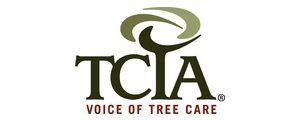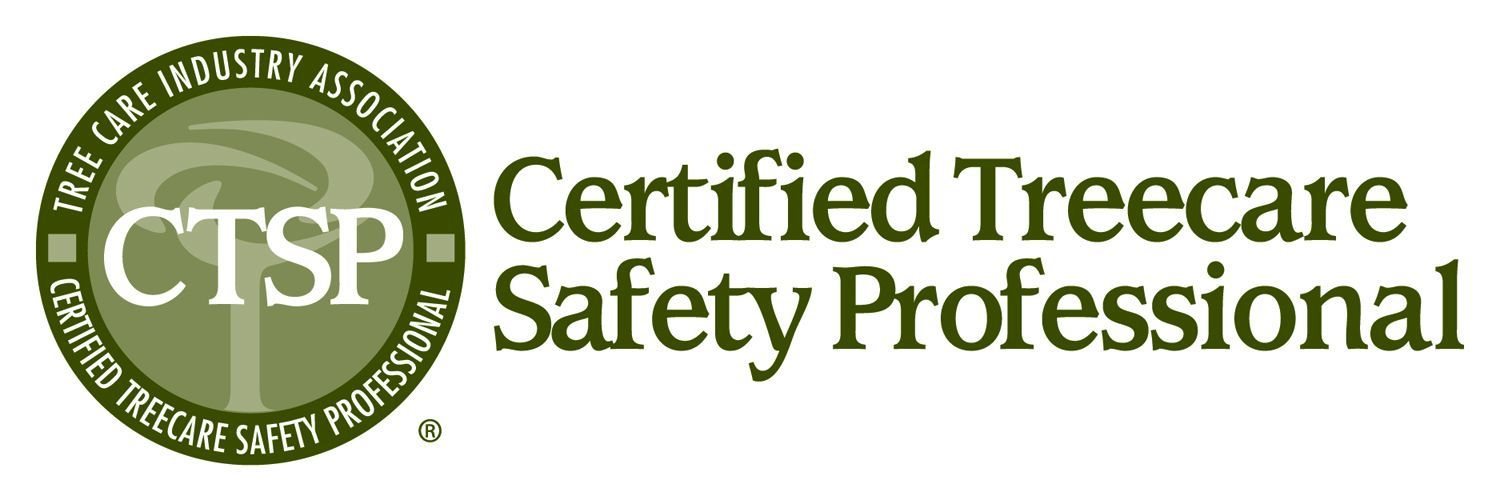FAQs
Green Holly Arborists
Have a tree related question? We have the answer. Check out these FAQs and give us a call today for more information!
-
How do I safely remove a tree?
Small trees can be removed with proper tools, but large or hazardous trees should be removed by a professional arborist to prevent injury or property damage. It is always best to consult with a professional tree removal company or arborist when removing large trees on your property.
-
How do I revive a dying tree?
Proper tree maintenance can ensure the health and longevity of your trees. Identifying the cause of decline (disease, pests, poor soil, or drought), and take corrective action, such as proper watering, pruning dead branches, or fertilizing can help. Consulting with an arborist is recommended if you are unsure of how to properly care for the trees on your property. Arborists can help guide your decisions as to if a tree can be saved or if the tree must be removed.
-
How do I protect my tree from strong winds and storms?
Proper tree pruning, staking young trees, and selecting wind-resistant species can help protect the trees on your property from storm damage. If you believe your trees have been damaged in a recent storm, consult an arborist at Green Holly Arborists for advice to protect your trees and your property.
-
What should I do if my tree has pests or disease?
Identify the pest or disease and use appropriate treatments, such as pruning affected areas, applying organic or chemical treatments, or consulting a certified arborist or specialized tree company. If you're unsure how to treat your trees for pests or disease, seeking professional advice from a tree pruning company may be the best course of action.
-
How do I know when a tree needs to be pruned?
Trees should be pruned when they have dead, diseased, or crossing branches. According to our experience, proper tree pruning is best done in late winter or early spring before new growth begins.
-
How can I tell if a tree is healthy?
A healthy tree has vibrant leaves, strong branches, no visible disease or pest damage, and a solid root system. Wilting, discolored leaves, or cracks in the trunk can indicate tree health problems. Consulting arborists or a professional tree services company is recommended to ensure you maintain the health of the trees on your property.
-
When is the best time of year to plant a tree?
The best time to plant a tree is during the dormant season, typically in early spring or fall, when temperatures are cooler and rainfall is more abundant. When planting large trees, it's important to provide ample space for their roots to grow. According to PennState Extension, large trees need at least five feet by 10 feet by four feet deep space, providing 200 cubic feet of fertile soil. Be sure to consult locally certified arborists to ensure you are planting trees native to your location, which will help ensure the health and longevity of your newly planted trees.
-
How often should I water a newly planted tree?
According to our experience, newly planted trees should be watered deeply one to two times per week, depending on the climate and soil conditions, for the first two years after planting. In the Anne Arundel County, Annapolis, MD area, there are a variety of trees native to our climate, including the American Holly, Eastern Redbud, Serviceberry, Red Maple, American Beech, Flowering Dogwood, American Sycamore, Tulip Poplar, and River Birch. The Maryland state tree is the White Oak, known for its strong, durable wood, broad canopies, and long lifespans, often living for centuries. For the best care, it is always a good idea to consult with certified arborists to ensure your trees thrive in the local environment.





Share On: